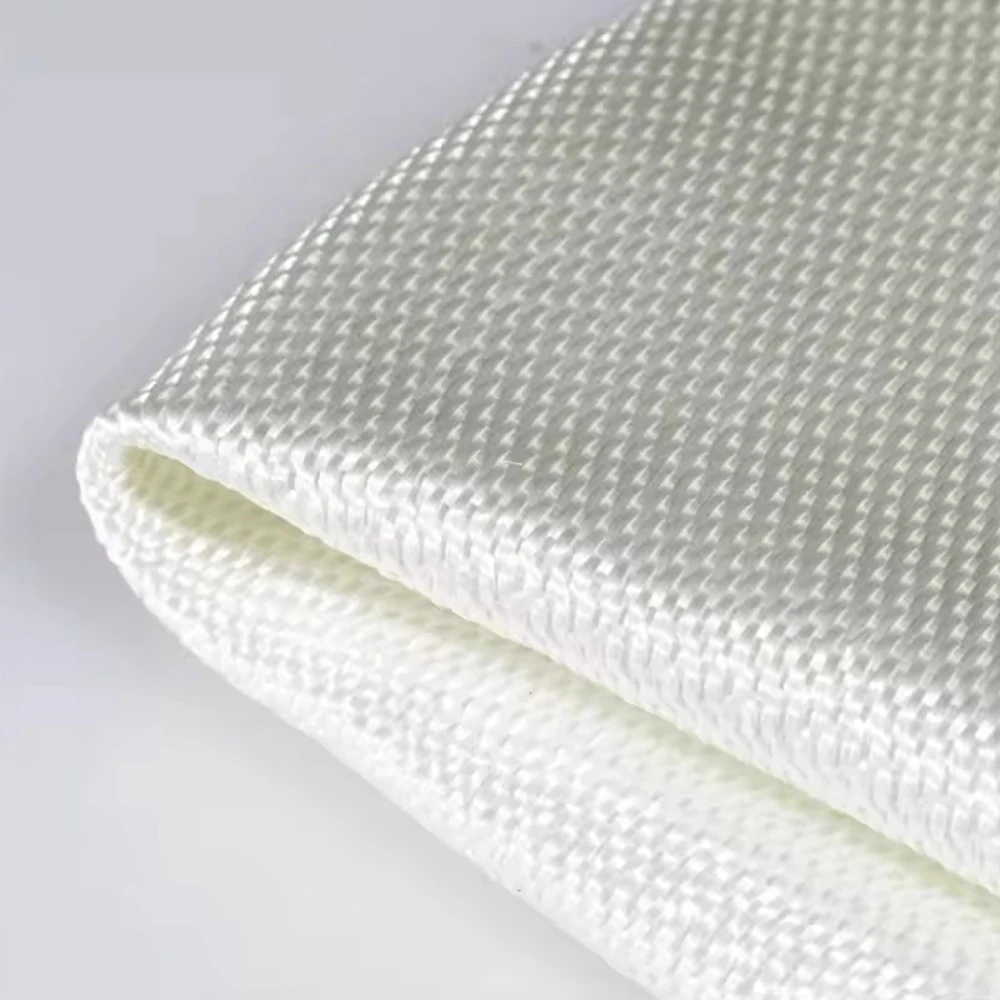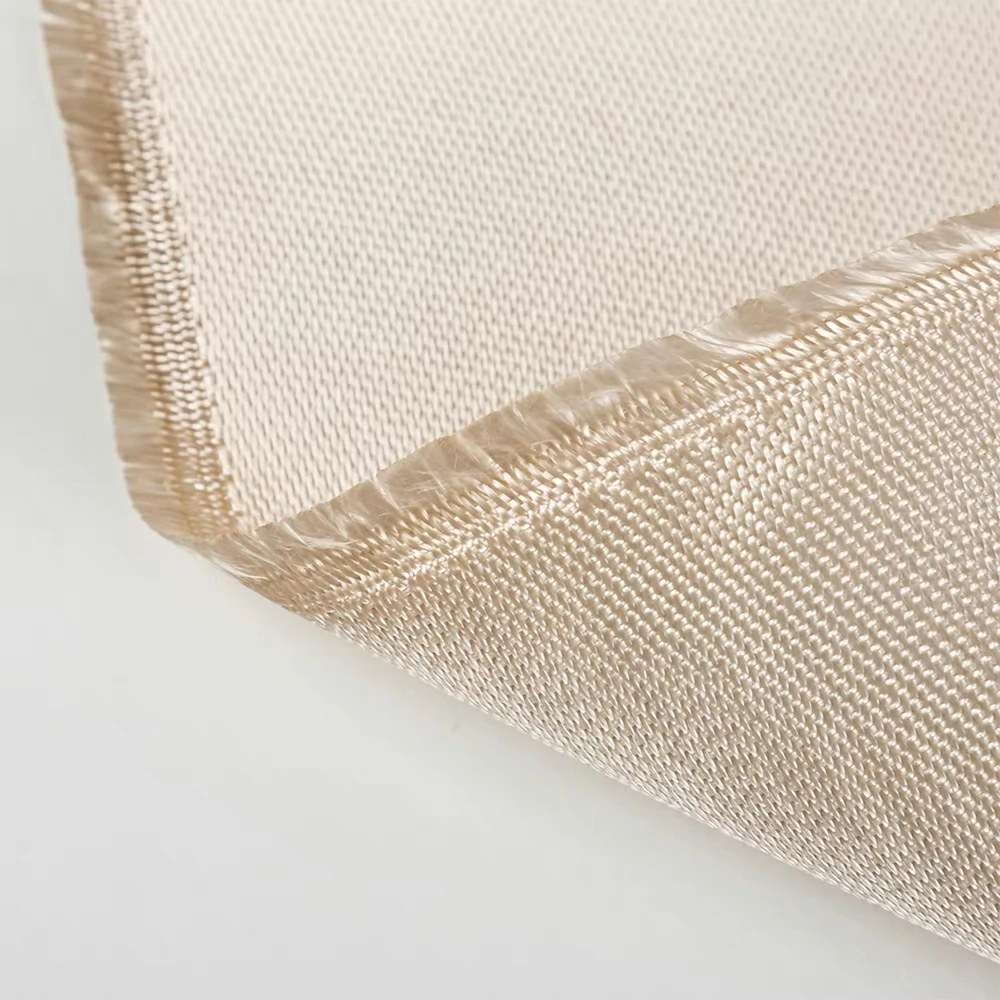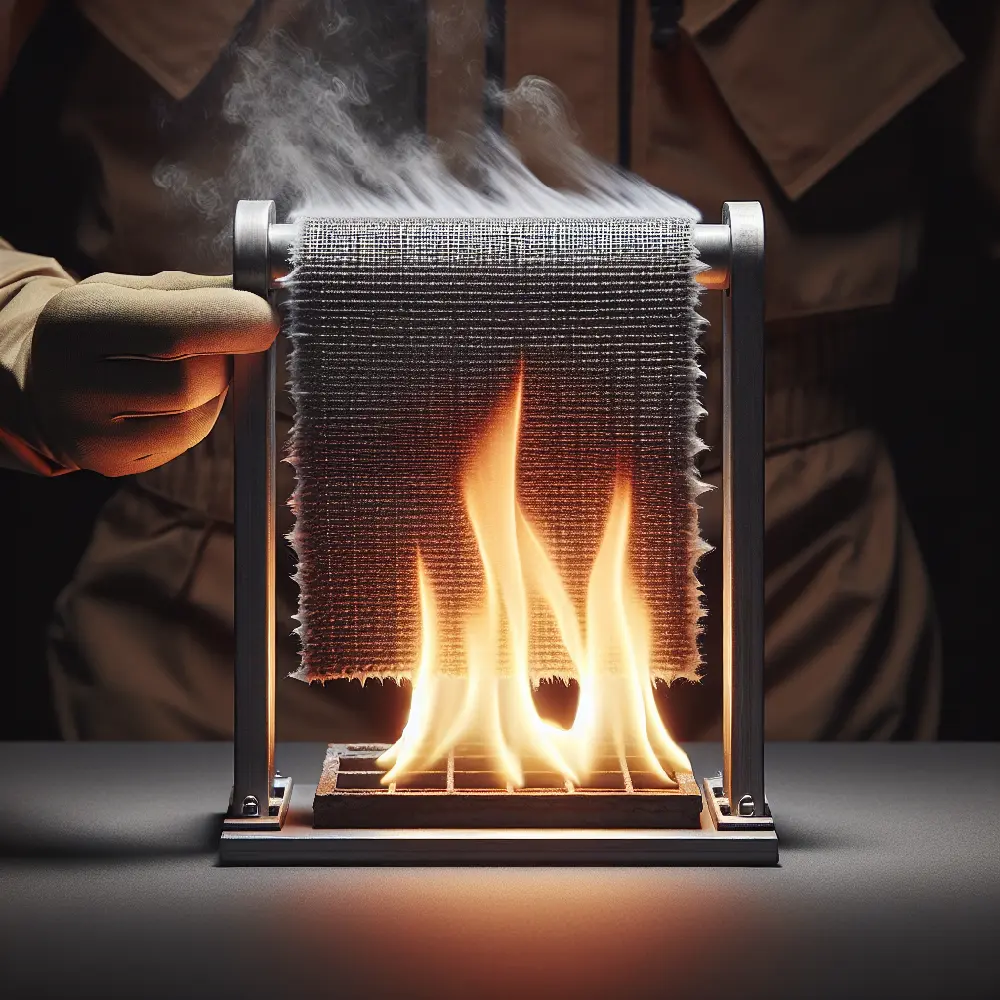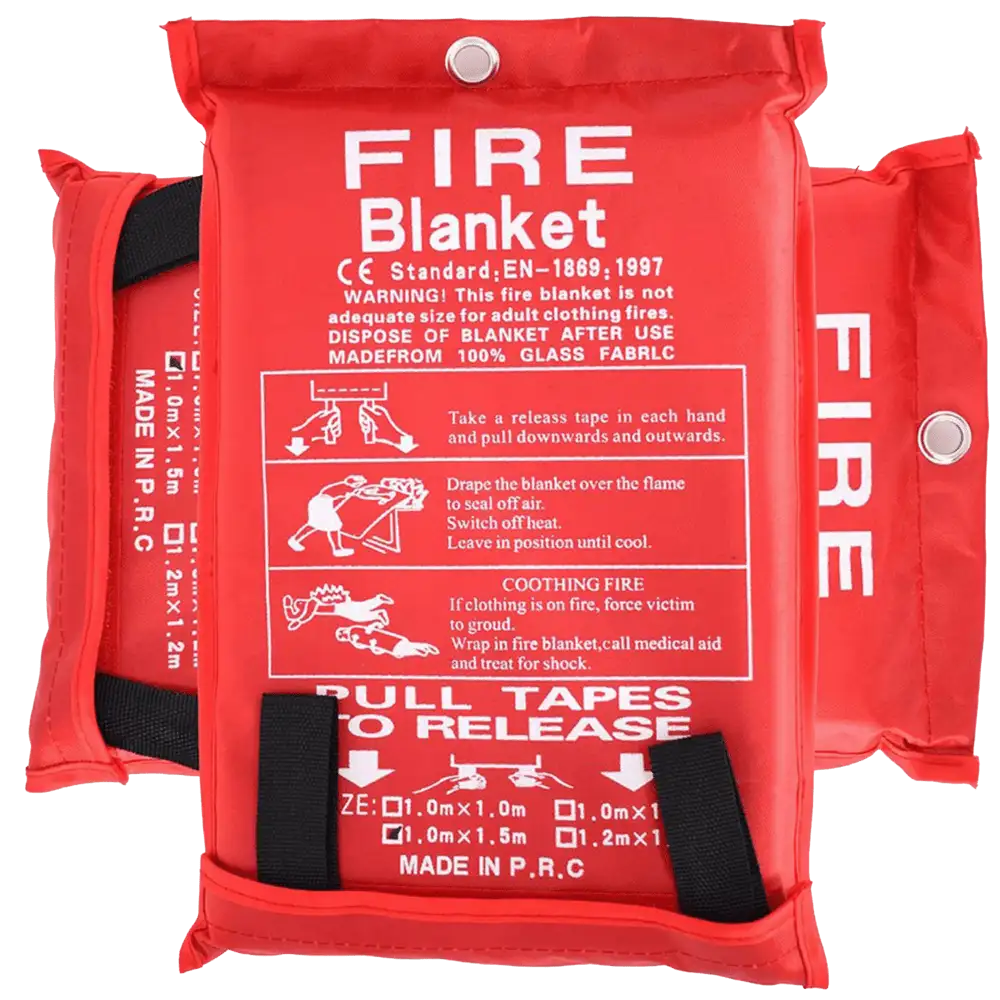Vermiculite is a mineral that usually exists in shiny flakes ranging in color from dark gray to sandy brown. These flakes, especially a moistened magnesia-iron-aluminosilicate mineral, are heated in a purpose-built industrial kiln to form the final hexagon.

In addition to the well-known gardening, planting, cultivation, coating vermiculite, some metal compounds, etc., can improve the temperature resistance of the material. Therefore, vermiculite coating has many applications in high-temperature insulation and thermal protection.

The vermiculite-coated glass fiber cloth coated with vermiculite coating on both sides of the glass fiber surface by the dipping process can be used continuously at a temperature of 816 ° C and has strong wear resistance, oil resistance, and corrosion resistance. And other excellent advantages.
Vermiculite in its all-natural kind looks a lot like mica, with a split rock look. Open-up pit or surface area mining is the strategy made used to remove vermiculite from the planet.
Open-up pit mines look like gigantic craters under ground, where miners divide the ore from vermiculite and various other minerals. After that, they arrange them right into different classifications based on dimension. The flaking vermiculite transforms into tiny hairs that look like worms, which is precisely how vermiculite obtains its name from the Latin "vernacular," which converts to "reproducing worms."
After peeling is total, the completed item will undoubtedly look varies depending on its dimension. Vermiculite is readily available in 4 sizes, with the most prominent extent of vermiculite having an obvious hexagonal form. To the human eye, the tiniest measurements resemble vast grains of sand.
 Understanding Fiberglass: Fire Safety and Heat Resistance
Understanding Fiberglass: Fire Safety and Heat Resistance
 Top 5 Heat-Resistant Wonders: How High Silica Fiberglass Fabric Excels in Extreme Temperatures!
Top 5 Heat-Resistant Wonders: How High Silica Fiberglass Fabric Excels in Extreme Temperatures!
 Is Kevlar Fireproof? Unveiling the Truth Behind Kevlar's Flame Resistance
Is Kevlar Fireproof? Unveiling the Truth Behind Kevlar's Flame Resistance
 Do Fire Blankets Work? Understanding Their Functionality and Benefits
Do Fire Blankets Work? Understanding Their Functionality and Benefits